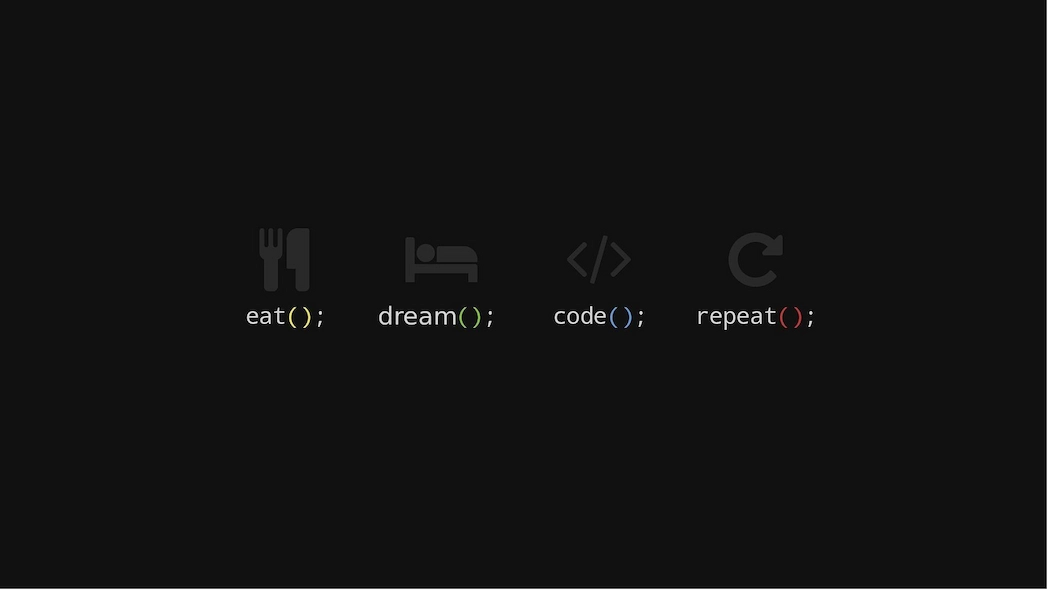


Koa is a modern web framework for Node.js that helps developers build web applications and APIs. It was created by the developers of Express.js with the goal of providing a more minimalist and flexible framework.
Middleware Concept:
No Built-in Routing or View Rendering:
Lightweight:
Extensible:
const Koa = require('koa');
const app = new Koa();
app.use(async (ctx) => {
ctx.body = 'Hallo, Welt!';
});
app.listen(3000, () => {
console.log('Server läuft auf http://localhost:3000');
});async/await, code becomes more readable and avoids callback issues.Koa is ideal for developers looking for a flexible and minimalist foundation for their Node.js projects. However, it’s better suited for experienced developers as it requires more configuration compared to frameworks like Express.
The MERN Stack is a collection of JavaScript technologies commonly used to build modern, scalable, and dynamic web applications. The name is an acronym that represents the four main technologies in the stack:
MongoDB (M):
Express.js (E):
React.js (R):
Node.js (N):
The MERN Stack is particularly popular among startups and companies looking to build fast, interactive web applications.
The MEAN stack is a modern collection of JavaScript-based technologies used together to develop dynamic, scalable, and high-performance web applications. MEAN is an acronym representing the four main components of the stack:
M – MongoDB
E – Express.js
A – Angular
N – Node.js
The MEAN stack is often compared to the MERN stack, which uses React instead of Angular for the frontend. While Angular provides a complete solution, React allows more flexibility with its "bring-your-own-library" philosophy.